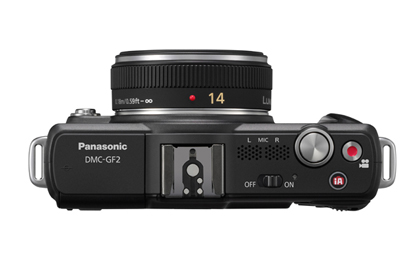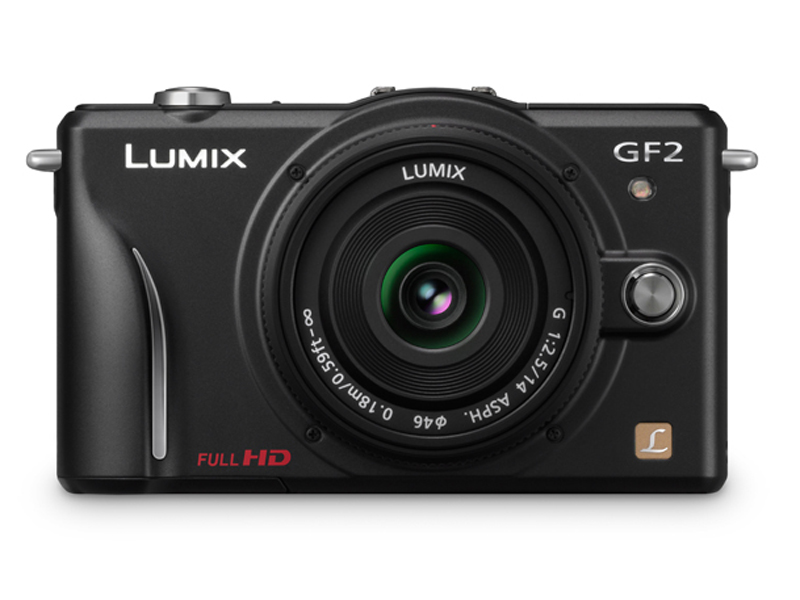Why you can trust TechRadar

Many controls reside in the quick menu, which can be accessed via an on-screen button, or a dedicated button. In a nice touch, this menu can be customised to suit your individual needs.
For example, If you tend to change metering modes often, you can move that to the top of the menu, making it very easy to access. A disappointment, however, is that features such as flash compensation, second curtain sync and film simulation modes all appeared on the GF1, are all sadly absent from this camera.
In use the GF2 feels responsive, focusing quickly and with little shutter lag. If shooting raw images, you will benefit from a high speed SD card to reduce write times. If the information hasn't finished writing to the card, you simply have to wait before you can review your images, or even switch it off.
For example, when using a Class 10 SDHC card and shooting raw plus JPEG, it takes a shade over four seconds to write the information to the card and with a bog standard Class 2 card, it took almost nine seconds. Support for SDXC cards, which will be available in capacities up to two terabytes, is included although currently are only available in capacities up to 64 gigabytes.
Being able to change focus point by jabbing the screen takes a while to get used to, but in time you'll wonder how you managed shooting in live view mode without it. You can also focus by touching the screen and a neat touch shutter mode is included. There is a little delay between touching the screen and the picture being taken, but it is much less than selecting a focusing area, focusing and taking the shot individually. One drawback is that the camera can be quite difficult to hold steady whilst poking the screen with your finger.
Full HD 1080p video recording at 30 frames per second is possible and movies can be saved in motion JPEG, or AVCHD format. When recording, the refresh rate of the display drops slightly, resulting in a slightly jerky viewing experience.
The same cannot be said about the footage recorded. Videos are clear, sharp and smooth, plus the sound quality recorded by the built-in stereo microphone isn't bad and will suffice for most casual video purposes. Autofocus works quite well during recording, and is activated by lightly pressing the shutter button.
Current page: Panasonic Lumix DMC-GF2: Controls and features
Prev Page Panasonic Lumix DMC-GF2: Build Quality and handling Next Page Panasonic Lumix DMC-GF2: Image Quality